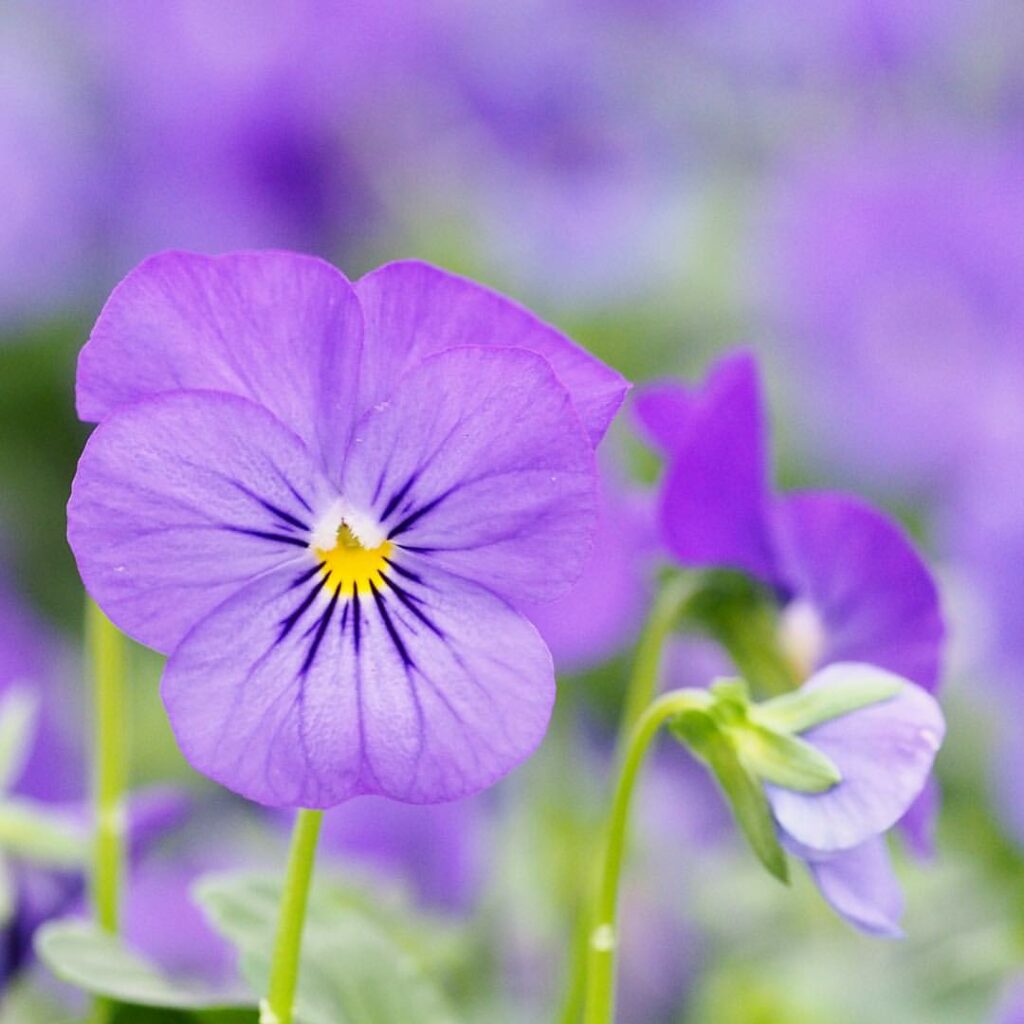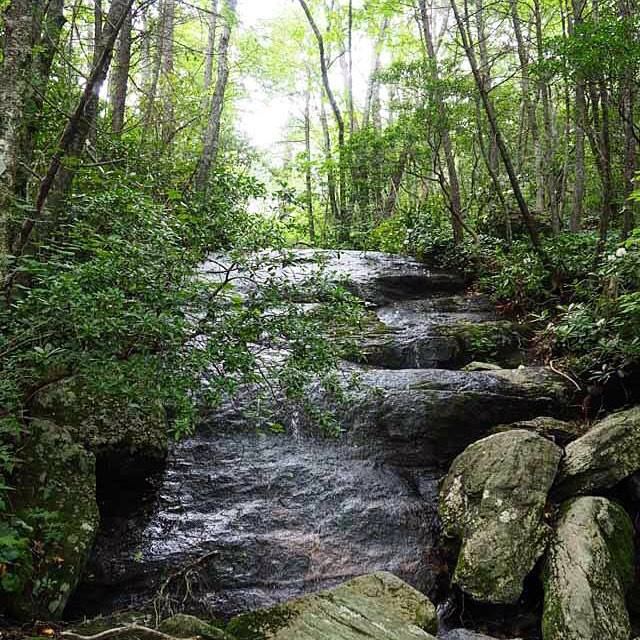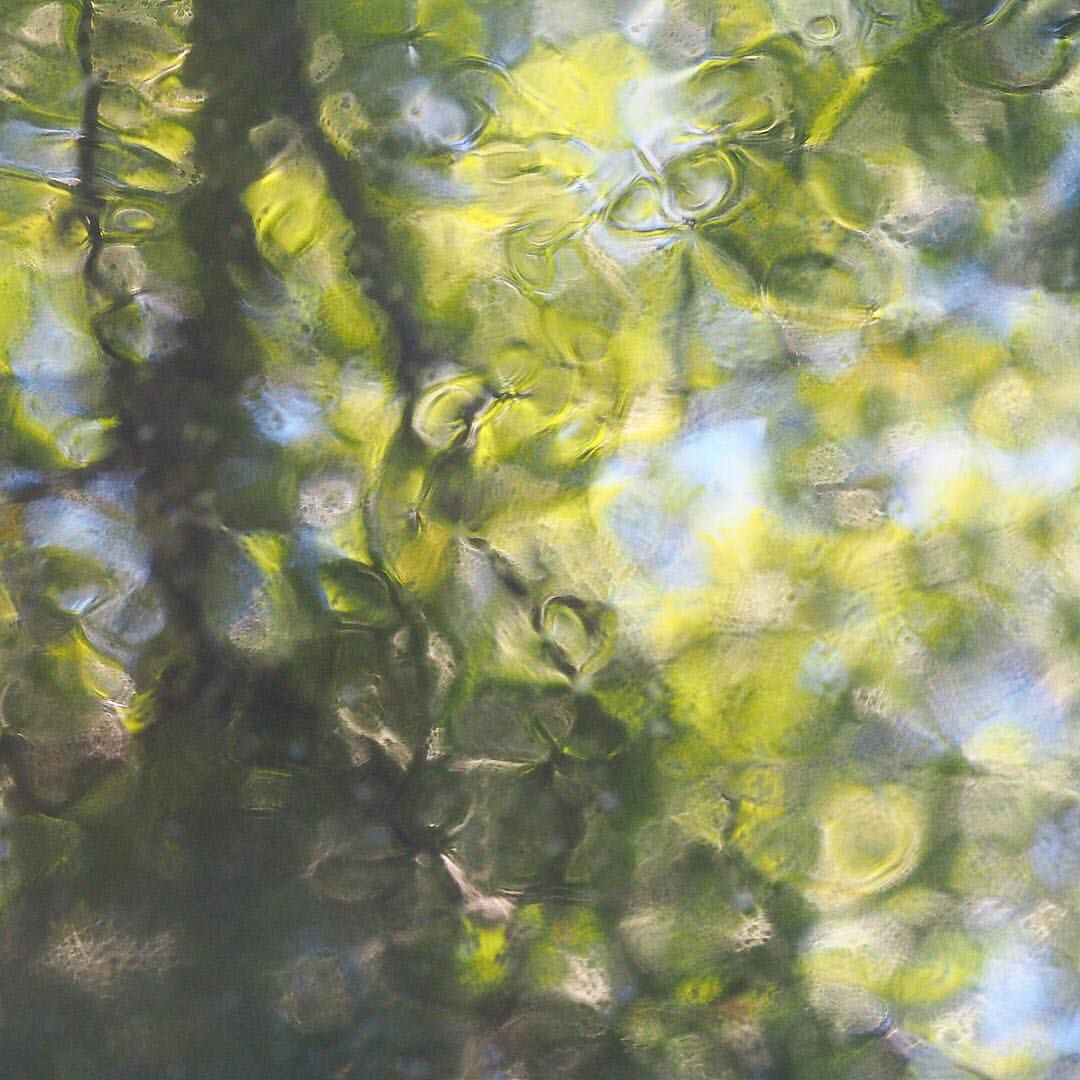 In my woods one of the first wildflowers is the violet, often blooming in late winter. They are gone from my forest for this year, but their distant cousins are thriving in my garden. They are one of the most popular plants for fall gardens, with their cheery flowers and amazing hardiness. When it gets much below freezing the foliage freezes solid and some buds fall off, but when it warms up they start flowering again. Last year mine survived deep snow and single digits. Don’t call them pansies!
In my woods one of the first wildflowers is the violet, often blooming in late winter. They are gone from my forest for this year, but their distant cousins are thriving in my garden. They are one of the most popular plants for fall gardens, with their cheery flowers and amazing hardiness. When it gets much below freezing the foliage freezes solid and some buds fall off, but when it warms up they start flowering again. Last year mine survived deep snow and single digits. Don’t call them pansies!
The Greeks cultivated them by 500 BC. According to the old Valentine’s rhyme, roses are red, violets are blue. And white, yellow, pink, and many other shades in between, often several colors in one flower. More than 300 varieties are grown today, but I prefer the true violet colors, like this flower.
Some violets have a very subtle but sweet scent, popular in perfumes and described as both ethereal and ephemeral. Ionone, the chemical causing the smell, stimulates our scent receptors and then binds to them, shutting them down. We can literally only smell them for moments at a time. But when our sense of smell returns, our brain recognizes it as a new smell. The wily violet fools us into enjoying its fragrance, never too strong, never fading away, coming back just as we forget so we appreciate it all over again.



